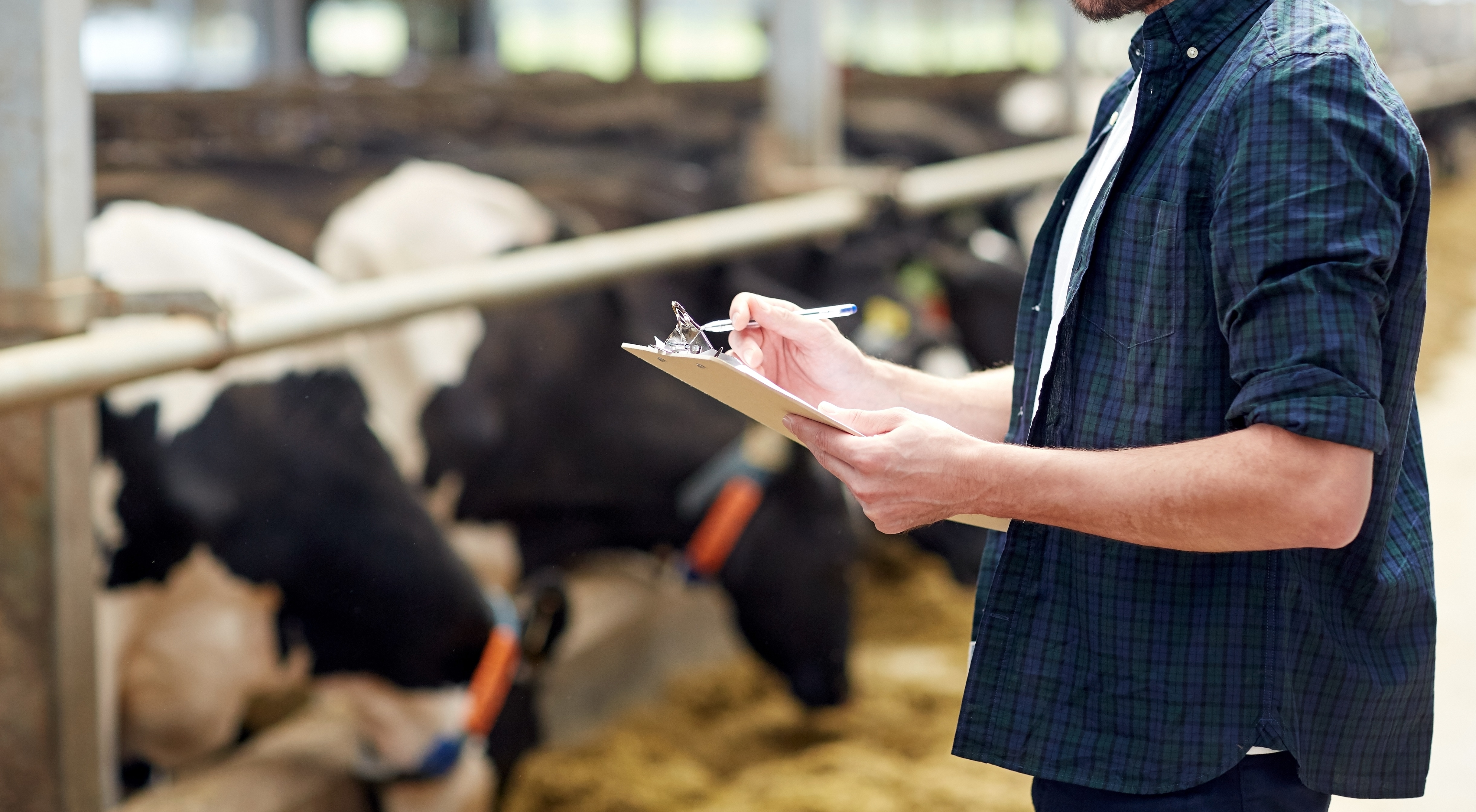fjfnewswp2324234234342018-09-17T14:44:13+00:00In late July, U.S. Agriculture Secretary Sonny Perdue announced a $12 billion pro- gram to help farmers who are bearing the brunt of President Donald Trump’s trade tactics. Program sign-ups began Sept. 4.
The package includes a market facilitation program, a food purchase and distribution program of surplus commodities, and a trade promotion program to provide private sector assistance to new markets.
When USDA released the specific details of the tariff aid package, some farmers were thrilled, while others were greatly disappointed. Funds included in the Market Facilitation Program, which is the arm of the three-pronged program that results in direct payments, were not distributed equally. Instead, the rates were based on tariff impact. Still, some agriculture organizations say the payments are off-base and won’t help farmers in need.
Farmers who produce corn, wheat and dairy say the program leaves much to be desired. Jimmie Musick, president of the National Association of Wheat Growers and an Oklahoma wheat farmer, says producers appreciate Trump’s steps to hold China accountable but “tariffs and the subsequent self-inflicted need to provide aid aren’t the answer.”
Similarly, dairy producers were disappointed by the trade aid payment rates, which will amount to approximately 12¢ per cwt.
“The dairy-specific financial assistance package provided by USDA, centered on an estimated $127 million in direct payments, represents less than 10% of American dairy farmers’ losses caused by the retaliatory tariffs imposed by both Mexico and China,” says Jim Mulhern president and CEO of the National Milk Producers Federation.
Likewise, corn farmers are upset with their payment rate of 1¢ per bushel on 50% of 2018 production.
“While most members prefer trade over aid, they support relief if it helps some farmers provide assurances to their local bankers and get through another planting season. Unfortunately, this plan provides virtually no relief to corn farmers,” says Kevin Skunes, National Corn Growers Association president and North Dakota farmer
The consistent message across various sectors of the industry is that trade is the solution—not aid.
Q. What are your thoughts on the tariff relief package for agriculture?
Dwayne FaberDwayne Faber, Burlington, Wash.
“We milk 1,800 cows in the Pacific Northwest and ship to Darigold. Our herd consists of Holsteins, Jerseys and cross-bred cows. We grow corn and grass silages to maximize our ration with local forages.
A: It is estimated that the impact of the tariffs on the dairy industry will be a loss of $1.5 billion this year and a potential $3 billion next year. The largest bites were a 25% tariff on dairy products by China and a 20% to 25% tariff on cheese by Mexico. While initial reports were a tariff aid pack- age of $1 to $1.50 per cwt, the news of a paltry 12¢ or 6¢ on annual production was a rude awakening. The dairy industry has worked hard to develop market share in other countries, and it is incredibly frustrating to see that being eroded by Canada and our own government. Universally dairy farmers would prefer to make their margin on free market sales. However, being the unwanted pawn in a global trade chess game isn’t the position we prefer. I personally feel that aid in this situation is warranted.”
Garry Niemeyer, Auburn, Ill.
Garry Niemeyer“We grow corn and soybeans on more than 2,000 acres in central Illinois. I’ve been involved in farm- ing since I could walk and previously served as president of the National Corn Growers Association.
A: What the government’s giving us—$1.65 on soy- beans and a penny on corn—is almost an embarrassment. I figured they were going to allow year-round E-15% instead of a larger aid payment on corn, but that hasn’t happened. Really, the payment is 82.5¢ on soybeans and a half cent on corn because they are only paying on half of total production. If I had 100,000 bu. of corn, that’s $500. I can’t take a family of four to a St. Louis Blues hockey game for $500. I mean, $12 billion dollars is a lot of money. But, agriculture throughout the U.S. is huge. So, there’s half of me that says, ‘How long do you let somebody take advantage of you and your intellectual property? You have to say enough is enough.’ We want to make sure we get a good deal. But how long does it take to shape this, and are we going to get a good deal? I mean, really, nobody expected that China would ever go this long and not have to buy some soybeans. Then there’s the other side that nobody wants to talk about. Maybe they are getting U.S. soybeans through the back door from other countries. That’s as aggravating as not getting a legitimate tariff deal done.”
Michelle Jones“My dad, husband and I grow wheat, malt barley, safflower, sunflowers, corn, alfalfa, forage grains and cattle on 10,000 acres in Montana. I am currently president of the Montana Grain Growers Association, and I serve on the National Association of Wheat Growers board.
A: We appreciate the administration putting together the Market Facilitation Program and recognizing the trade issues have had a negative impact on agriculture. We were disappointed to only have a 14¢ payment on half of our production. While a second payment is a possibility, the wheat industry had demonstrated that we have lost 75¢ per bushel as a result of lost export demand. We are hoping to see further progress on NAFTA negotiations, and we were encouraged by a handshake deal between Mexico and the U.S. pursuing more negotiations with China, as well as new agreements. Our farm, and the wheat industry as a whole, depends on our access to the global marketplace.”








